The Free Market: Competition, Monopolies, and the Dynamics of Innovation
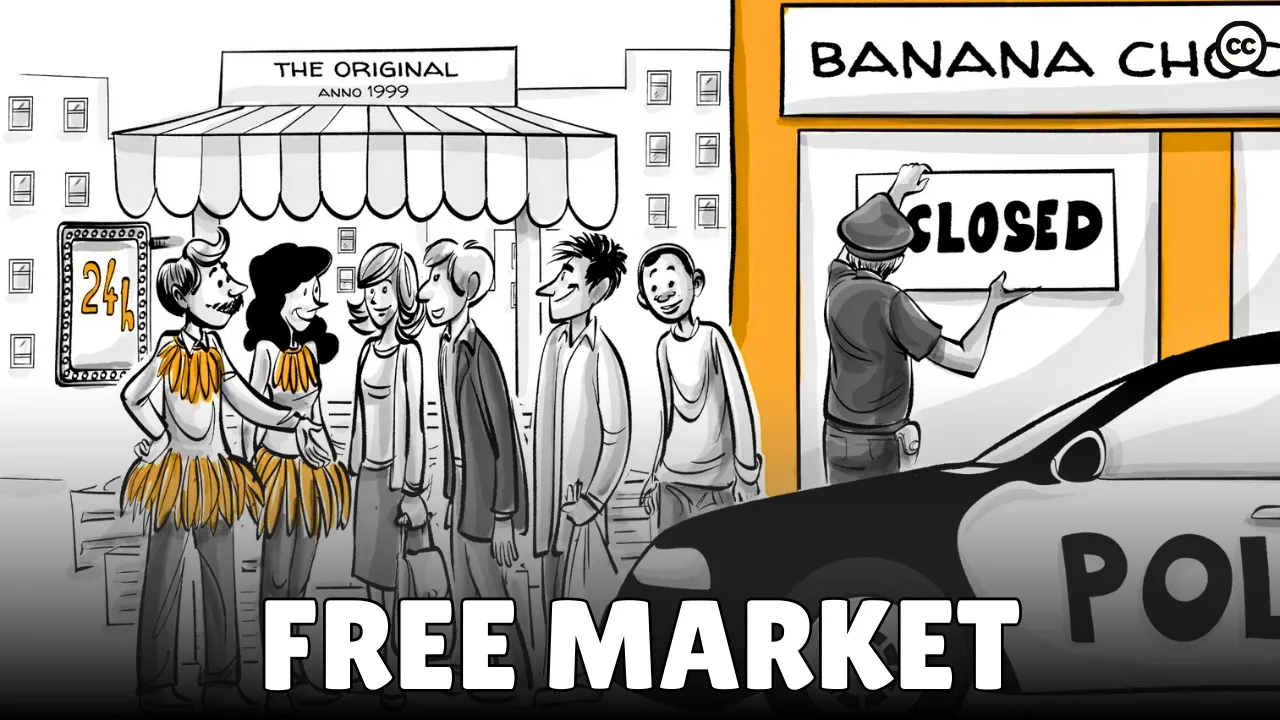
Introduction
In a market, humans with unlimited wants often meet sellers with limited supplies. In such a place, competition is usually a force of good. It leads to more choice, increases the quality of products on offer and reduces their prices. If competition is absent, monopolies can form. And that's a problem.
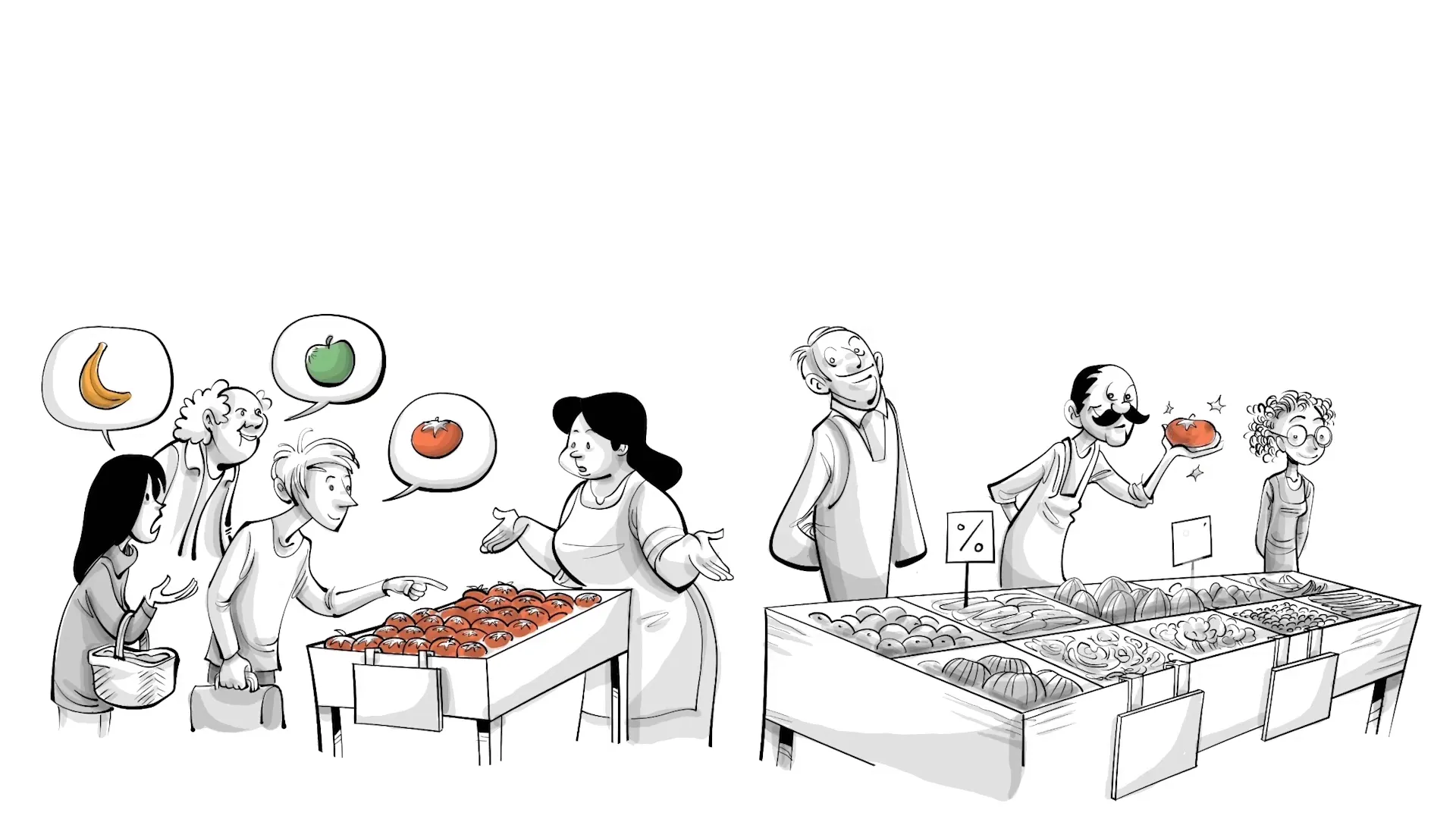
The definition
Adam Smith, the father of modern economics, defined competition as “allocating productive resources to their most highly valued uses.” For sellers, the money they receive when they sell is more productive than their product. For buyers, the produce they get is more productive than their money. When a deal is done, neither party may be entirely happy with the agreed price, but at the end both feel better off. In a competitive market, those who want something the most, end up getting it.
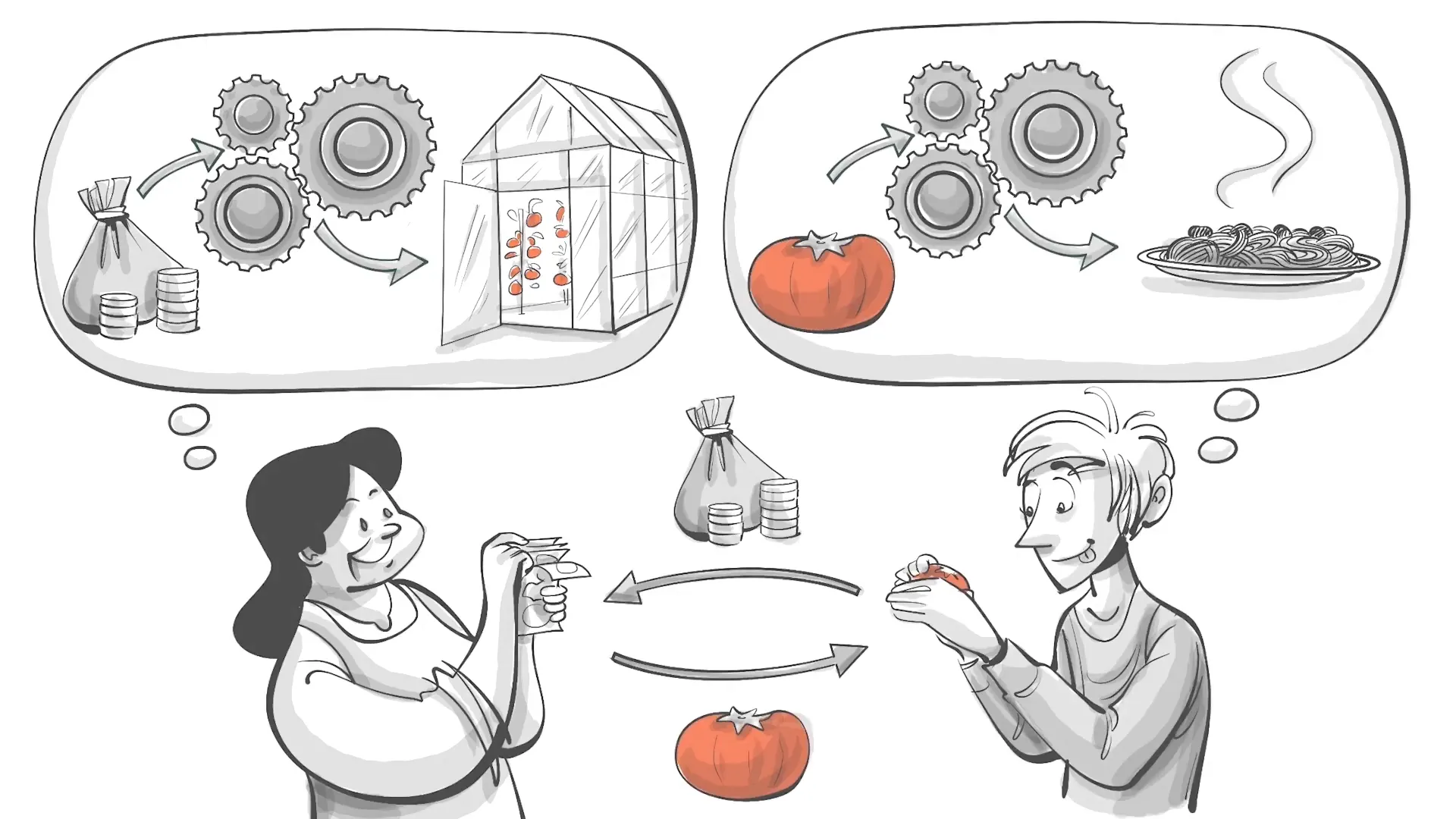
The full story
Competition takes various forms, as the following story illustrates. One dealer in a market decides to bring in bananas to be the first to sell them. He is the only one and since people love bananas, he sells them at a high price. And it doesn’t take long for someone else to see an opportunity for improvement.

Competing on price
Competing on price is the most straightforward way in which sellers can compete for customers, because consumers usually prefer to pay less. In order to survive, the first seller, also known as “incumbent”, may also lower the prices. This pressure on prices usually leaves customers better off. In theory, this back and forth will continue until both have reached a price that yields zero profit. Then one may decide to close.
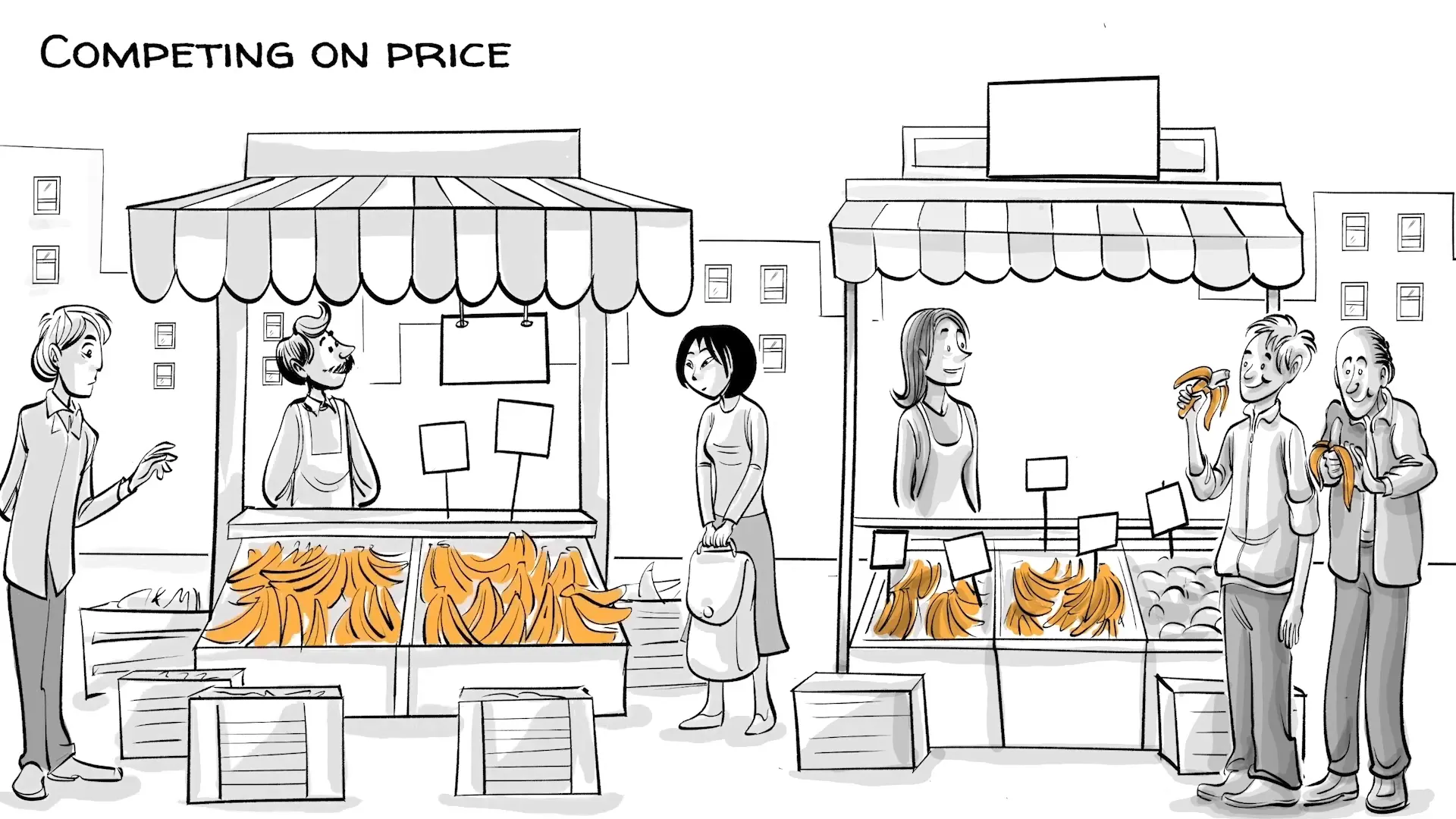
Non-price competition
But there is also Non-price competition. Instead of offering a lower price, newcomers can try to sell higher quality products or innovate. In response to innovators, incumbents may try to improve their offers and come up with ideas to strengthen their position. Both may increase their service hours. So besides lowering prices, another consequence of competition is the range of choices and innovation; both of which are good for the people in the market.
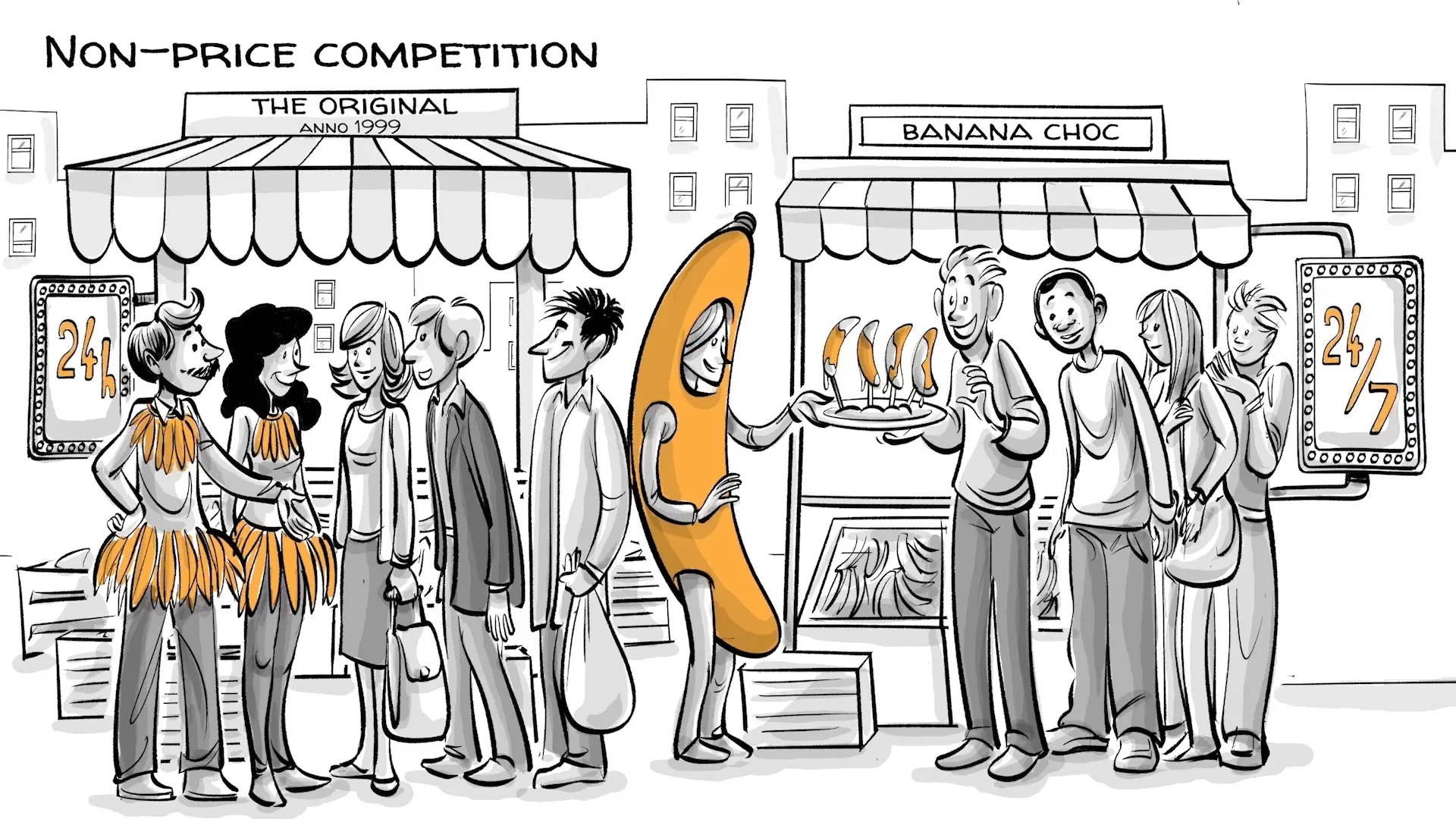
Free market scenario
In a free market, competition defines the ultimate price and quality of goods on offer, a phenomenon referred to as emergent order. That means, it’s eventually not up to the shop to decide how much to charge for a product, but intangible forces such as supply, demand and consumer preferences that emerge over time. If one company is the only one selling a product, we speak of a monopoly. Then the benefits of competition fade, and the naturally emergent order gets disrupted.
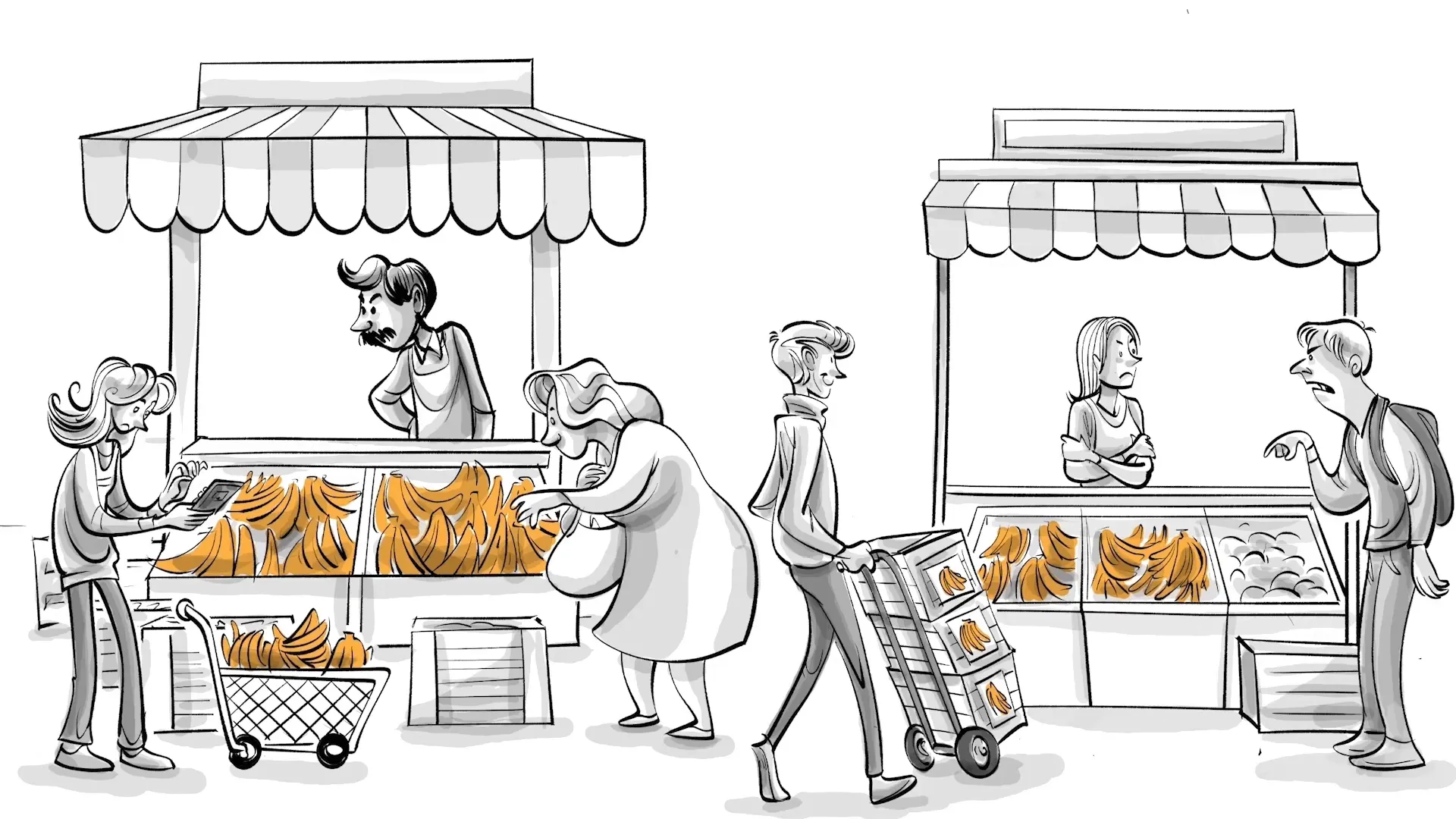
Spectrum of competition
From perfect competition to monopoly lies a spectrum we can use to define the intensity of competition. In a highly transparent market we have almost perfect competition with low prices and lots of consumer choice. In a market that is dominated by a monopoly, prices are often high, and the variety of options decreases. If just a few companies share the market, we speak of Oligopoly, which is also a problem as they often secretly fix prices.
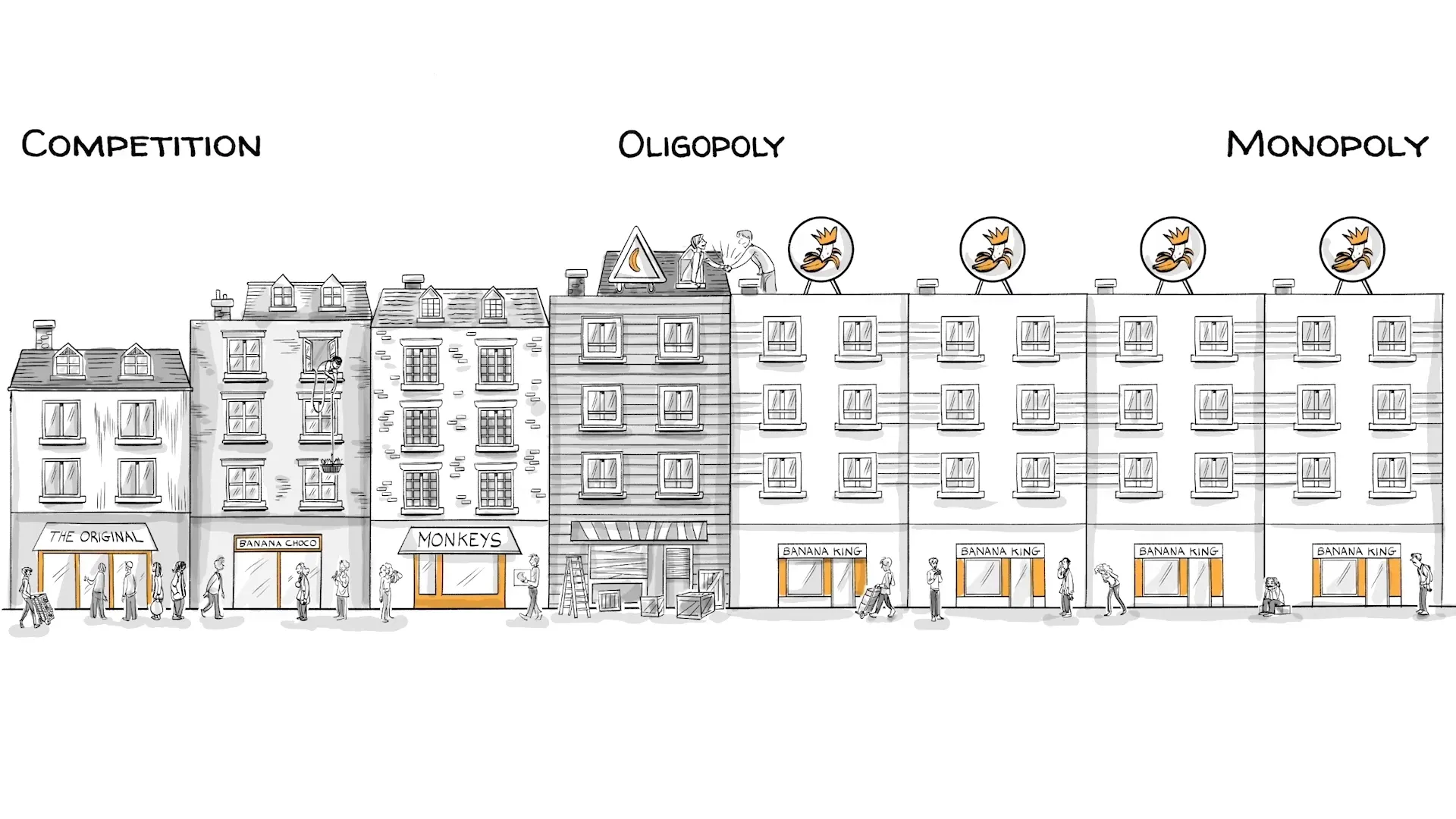
Monopoly
In a free and open market with high competition, we see innovative suppliers, happy customers and an immersive variety of choice. On the other end of the spectrum, we have a monopoly. Suppliers have little bargaining power, the goods they sell are often inferior, customers pay higher prices and wait longer hours. In order for markets to function, governments need to break monopolies up and consumers should support those that rival them.
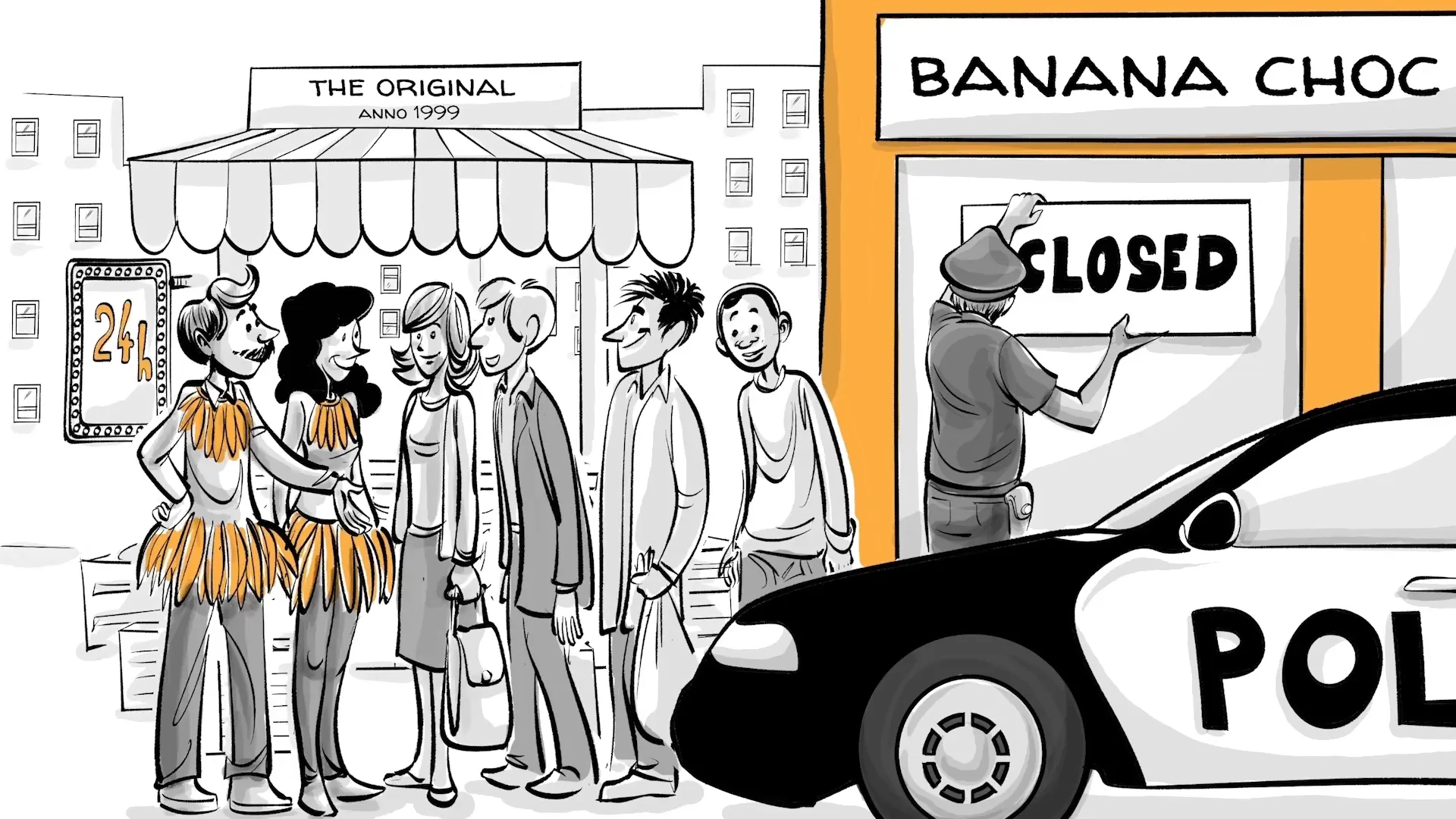
Summary
In summary: Competition usually leads to lower prices, innovation and higher living standards. Monopolies usually lead to higher prices, inferior products and lower living standards. We should try to break up monopolies to support free market competition.

Tell us how you would compete
To learn more about competition, tell us how you would compete! First find a product or service available online or in your neighborhood with very little competition. Describe the service and tell us why you think there is little competition. Is it because of a monopoly? Or because the demand is so low, that there is little profit to be made? Or is there another reason? Now assume you are opening a competing business. Tell us 3 things that you would do in order to compete.
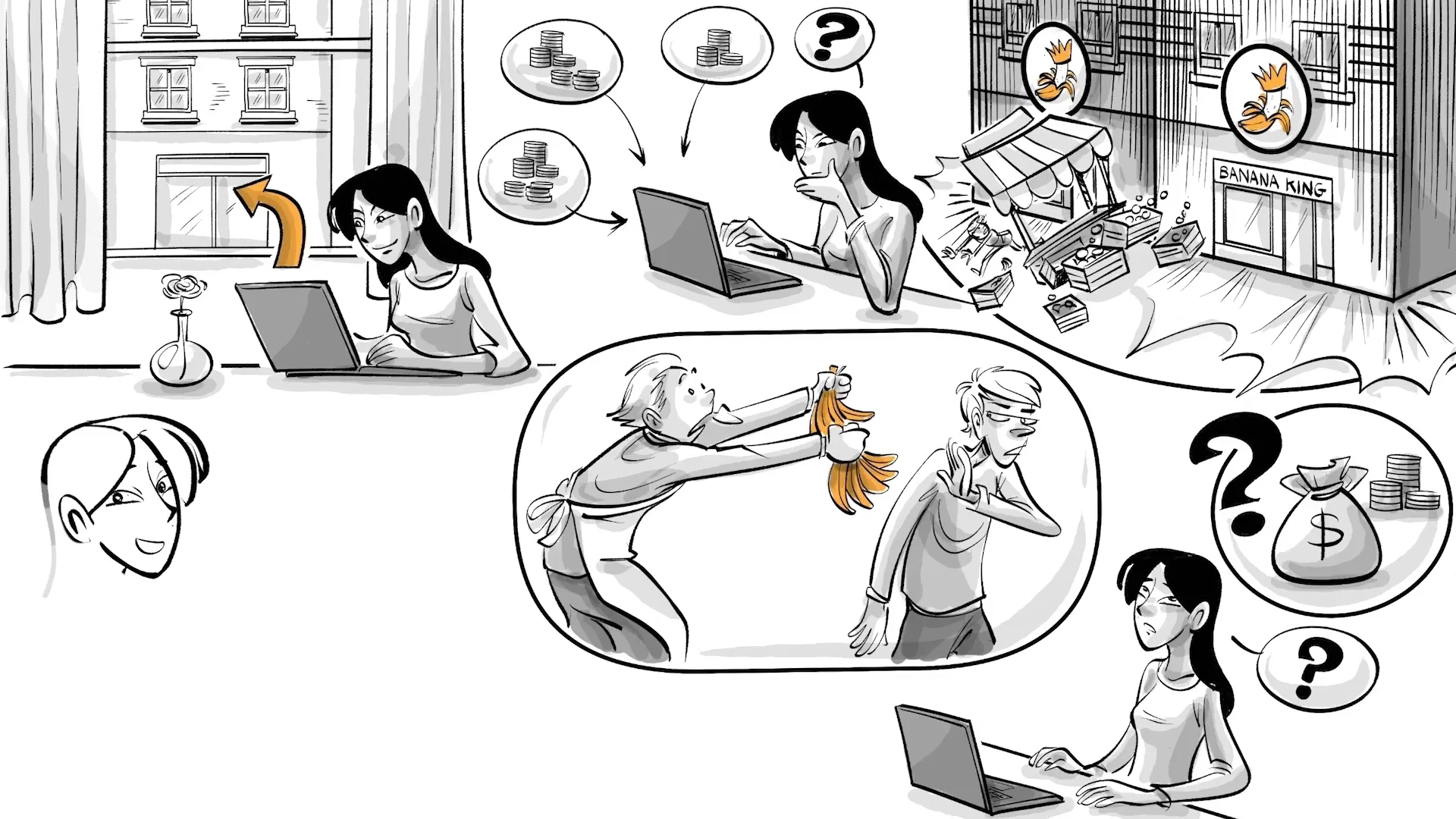
Conclusion
In conclusion, competition is essential for fostering innovation and ensuring that consumers have access to high-quality products at fair prices. By understanding the dynamics of competition and the implications of monopolies, we can better appreciate the importance of supporting free market principles.



